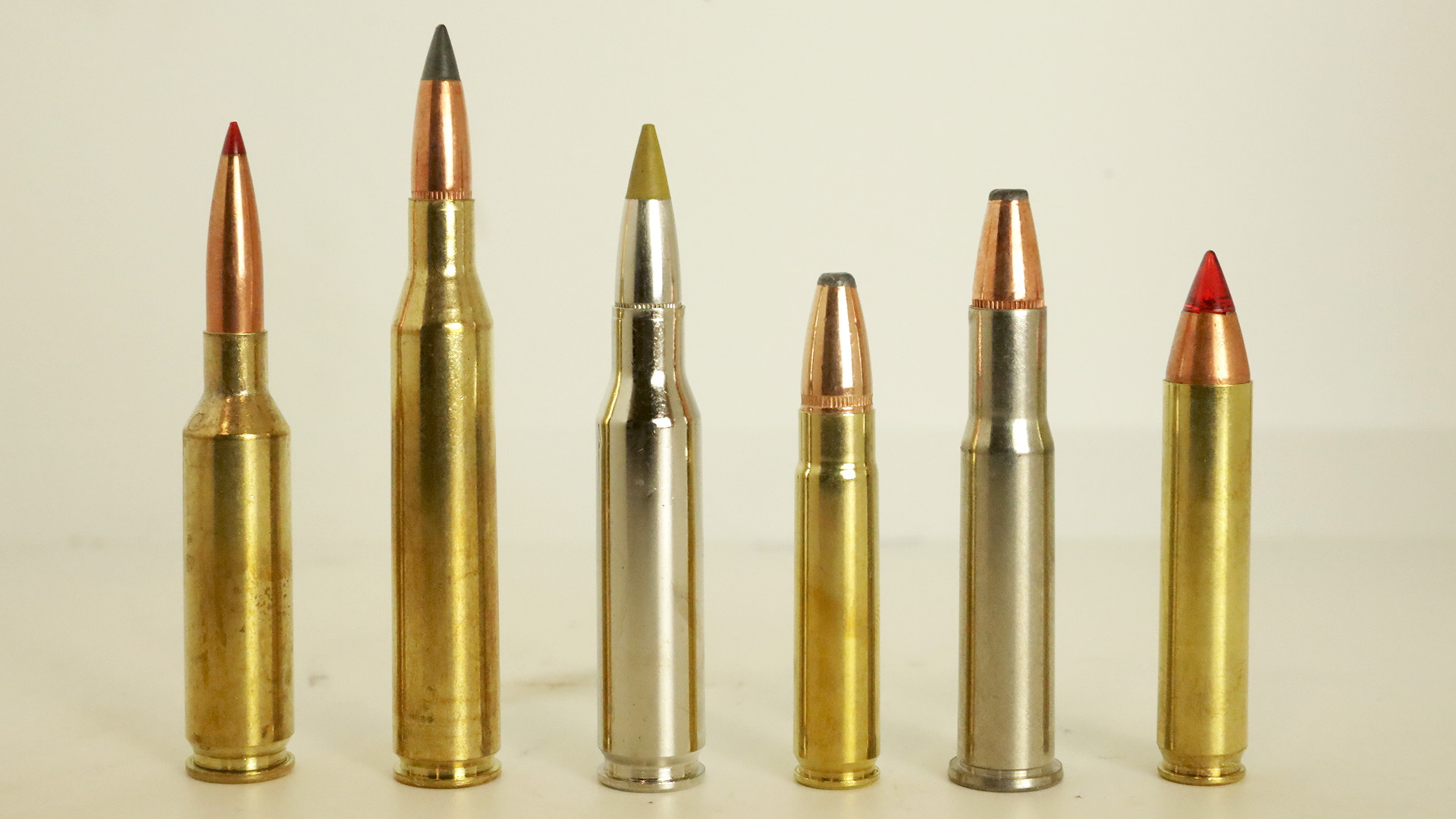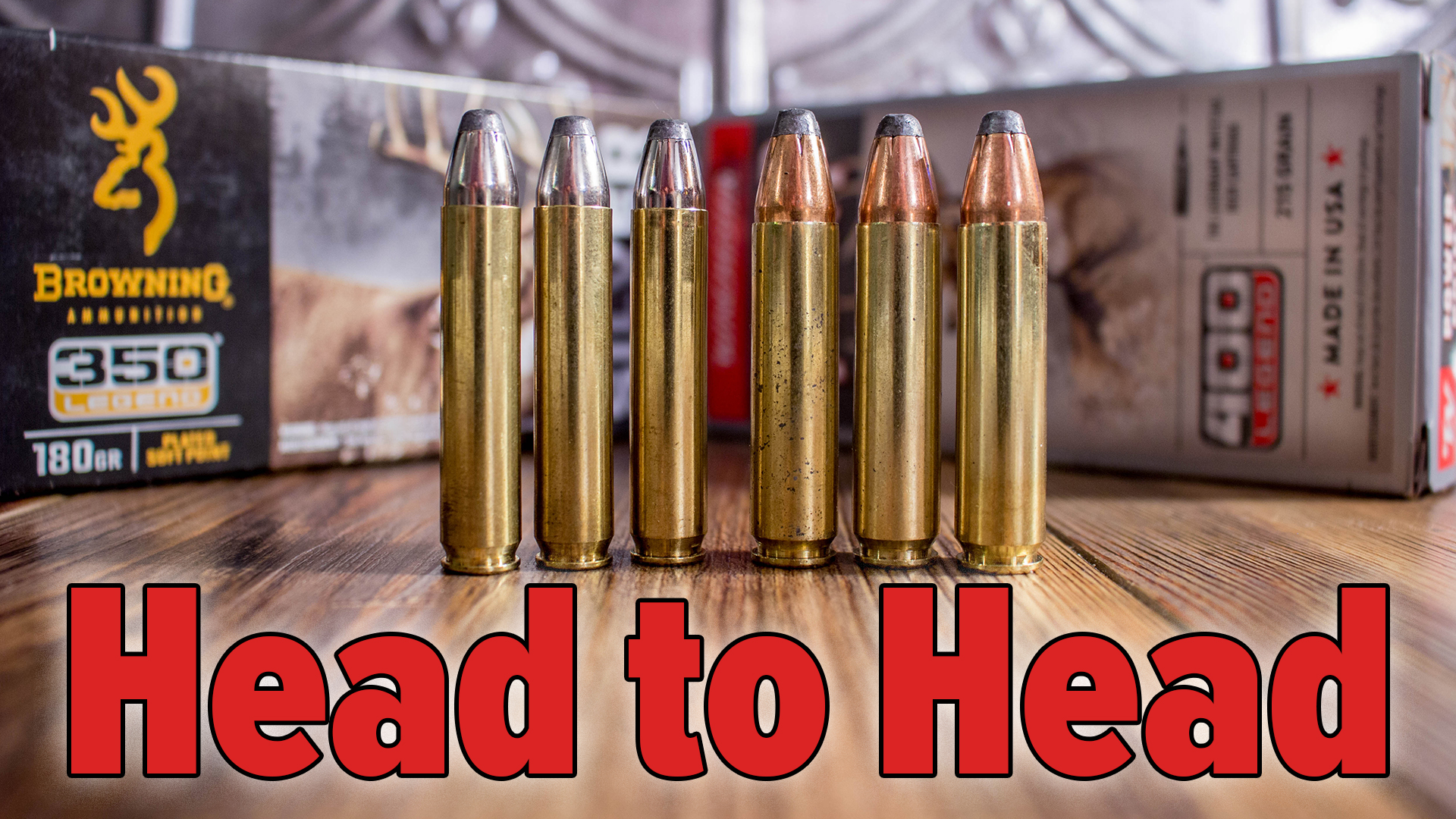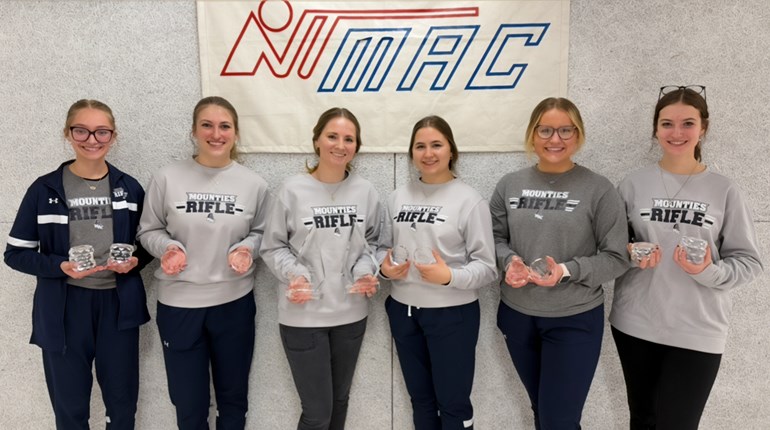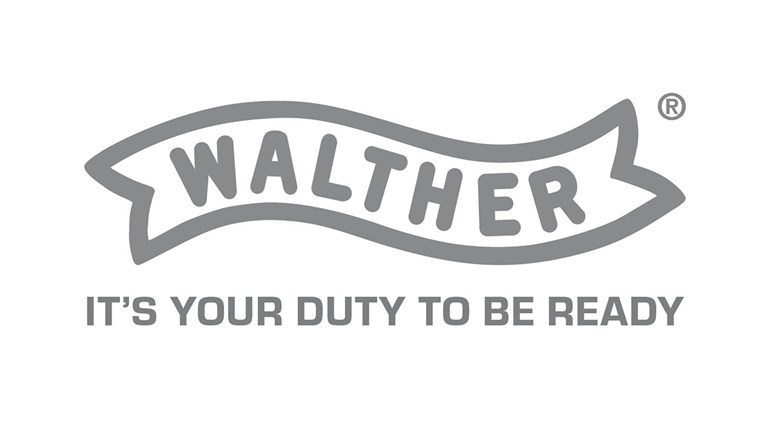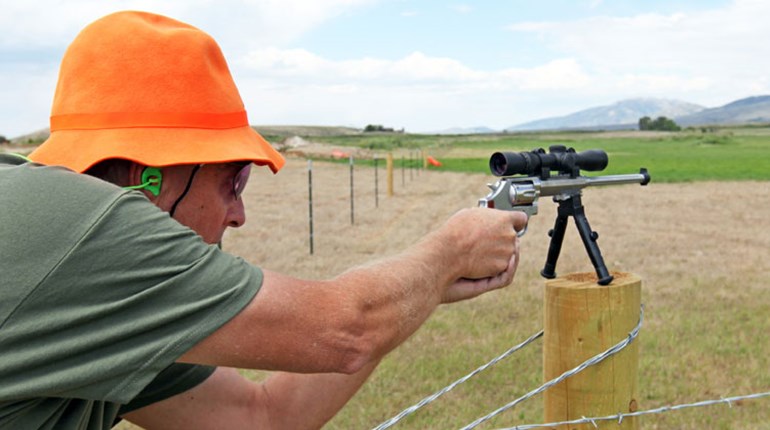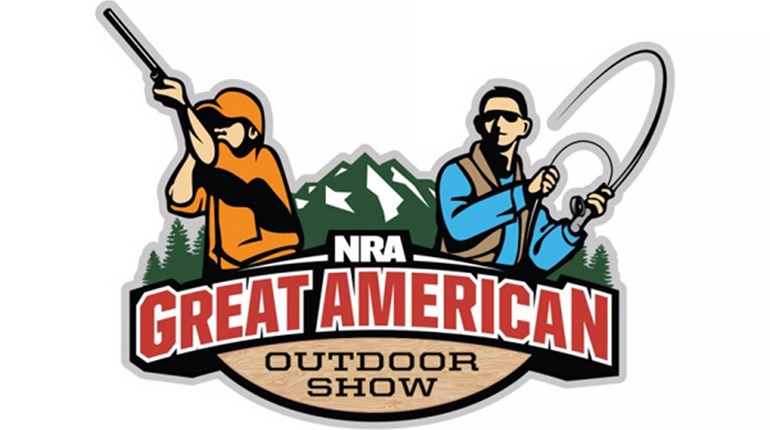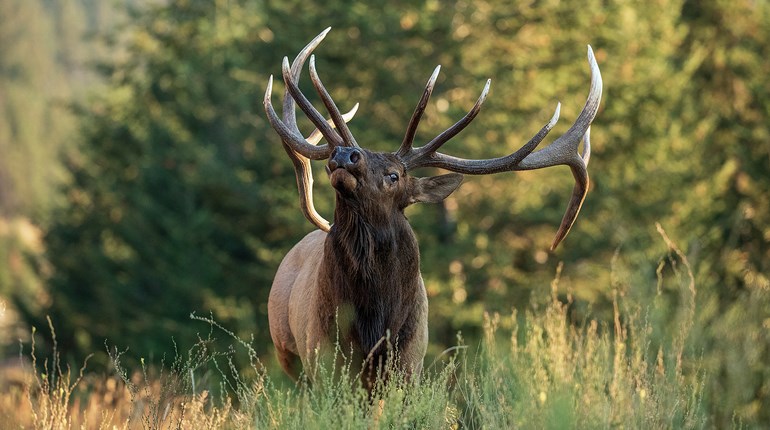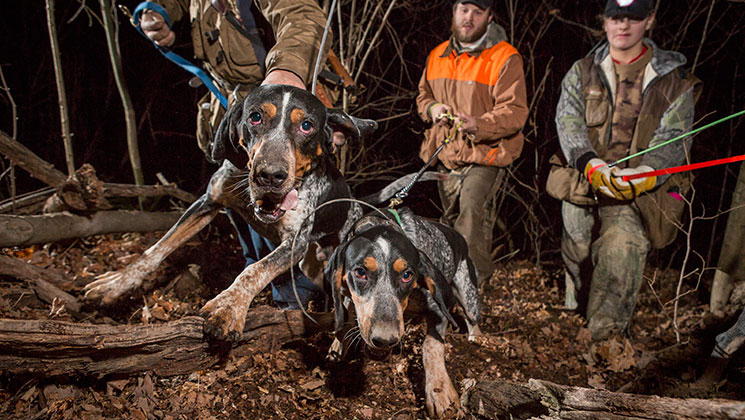
It’s important to let the dogs do their thing, because without them and their zeal, hunters would fare poorly. Upland bird hunters and duck hunters know this. So do coon hunters, which are a breed unto themselves. Anyone can learn this if he or she passes just one night among them, for a coon hunt is always a work in progress.
Release the hounds and watch them disappear into the night. Listen as they strike scent. Follow their bawling to a tree. Shine light into said tree, spot coon, pull back hounds, shoot coon.
Except it’s never that simple. More times than not, the dogs bay at the base of an empty tree because the wise raccoon has hopped from treetop to treetop and is long gone by the time hunters arrive. So coon hunters collect themselves, let their dogs strike a new trail then repeat the hike, the shine, the pullback … . It all makes for some long nights.
And therein lies the rub, for coon hunting is a pastime best left to the young, or at least the young at heart. Sarah Jo Zimmerman and her dad, Kenny, are one of each.
“All the money we spend, the time we put into this—it’s all worth it just to hear that sound. That’s worth a million dollars,” says Kenny Zimmerman. It’s a cold night in November in Bedford County, Pa., and the dogs are bawling, hot on the trail of a raccoon they’ve scented. It’s after midnight because Kenny works nights, but because it’s Friday (er, Saturday), the hunters and their hounds can go till dawn or everyone tires, whichever comes first.
The sounds emanating from the forest suggest pay dirt right off the bat. Soon, however, the dogs return from a trail gone cold, and so the hunters hike over the hill a half-mile and let loose their hounds again.
Boug and Lady and Roscoe, the bluetick hounds, disappear into the darkness, and soon their bawling beckons the hunters to hike toward what surely must be a treed coon. This is one of those times, however, when the coon has jumped ship. Except no one can tell the dogs that: They’re hell-bent on climbing the tree.

The next time is different: The dogs have cornered a coon in a hole beneath a stump on a treacherous clear-cut hillside covered with holes, fallen timber and thorns. At the entrance to the hole it’s all backsides, flying dirt and hound parts. Legs and claws drive the dogs deeper and deeper in futile attempts to go nose-to-nose with their quarry safely ensconced in the earth. By the time the hunters pull back the hounds, the entrance to the burrow is a lot larger than before but there is no getting that coon out of there now. Only light will hit the animal tonight. Headlamps illuminate the masked critter staring back at us as if to say, “I ain’t coming out for all the fish in the creek.”
By dawn these scenes—false alarm, empty tree, occupied hole—have played out again and again so finally it’s time to call off the hounds, to snooze, recharge and regroup for another try.
A mutual friend of ours, Charlie Titus, found Boug and bought him for Sarah a couple years ago, sure the two would forge a friendship. Sarah, says her parents, has always followed her father on the hunting trail. She loves it outside. On the farm, she gladly knocks out the chores: feeding the livestock, cleaning the barn, caring for her dog. She and her brother, Wyatt, are home-schooled, and glad of it, says Sarah, as it allows her to learn at her own pace, which often surges ahead of her peers. Besides, it gives her more time to hunt.
Kenny grew up hunting. He was glad to welcome Boug into his home, glad to see Sarah latch onto hunting even if the gift of a hound dog meant many nights he’d quit work at about midnight then hit the woods with her and his buddy Dan Smith to run after raccoons.
Whether it’s training in warm months or actually hunting fall through spring, the gear list for such an endeavor does not change much. For starters, one needs sturdy clothing to withstand the multiflora rose, and a headlamp. Add to that an accurate .22 rifle, one Sarah handles ably. “Pup,” as her dad calls her, keeps the Marlin’s magazine in her pocket until it’s time to shoot; no sense carrying a loaded rifle over hill and dale in the dark.
Also add a dog, of course. But one dog is never enough. After Boug arrived, Kenny bought Lady, their female bluetick, from a man who was moving and could no longer care for her. Sarah usually handles Lady because, as Kenny says, “That Boug dog—he’s a handful.” With the duo, Dan now runs his bluetick puppy, Roscoe, because, well, after a season or two a coon hunter simply must have his own dog.
Gear for the dogs can get pricey. Leads and protective vests are one thing. GPS tracking collars are another. But hey, if you wanna do this, you gotta break some eggs. Or sell some coon pelts, as the case may be. Sarah sells every one she takes home. They fetch only about $10 these days, but every little bit helps this family stay in the woods.
Sarah, 14 and an NRA member, does her homework with aplomb, using the Internet for research. She writes poetry. She also crafts argumentative papers for school and sent one, “Gun Control and Why to Fight It,” to Charlie. To make her case, she aptly pointed out, “Fredrick Douglass said, ‘A man’s rights rest in three boxes: the ballot box, the jury box, and the cartridge box.’” She signed it, “To my friend Charlie, Love you, Sarah Jo.”
Surely, any signature like that deserves a bluetick hound. Yep, if youngsters like Sarah Jo Zimmerman are any indication, the state of hunting—particularly in the state of Pennsylvania—is alive and well.
At dark Saturday night Kenny and Sarah and Dan arrive at Charlie’s cabin. Kenny and Dan don’t work Saturdays, so we can start early, which is good because according to Pennsylvania regs we can hunt only till midnight. This time we head downhill from the cabin, where the crew lets loose the hounds.
In short order the dogs tree a coon—and this time it stays put. It’s treed—it’s there, high above our headlamps for all to see when we look upward after our trudge. But the hillside is steep and no one can gain any traction—no one, that is, except the hounds. Watching the hunters leash them amid the cacophony is a sight to behold. Finally, when every hunter is settled, when every dog is accounted for, Sarah takes aim and fires one, two shots, and the critter falls.
After another fruitless run it’s almost Sunday and time to turn uphill, to head for home. It’s a long walk, but no one seems to mind. Along the way we stop at an appropriate tree and watch Sarah ably skin out that coon right then and there. Still, Dad can’t resist a little ribbing: “Watch it around his ears, Pup.” To which she chirps back: “Don’t worry, I’ll leave the ears on this one.”
She spins and holds up the fruit of two nights’ labor for all to see by flashlight. And once it’s safely stuffed into her vest, she unhooks her dog and gives him a big hug and an atta boy.
Coon huntin’ buddies for life—that’s Boug and Sara. It is a friendship that was formed when a friend spied a spark and fed a fire. It is strengthened every time hunter and partner enter the woods. Long may it live.





